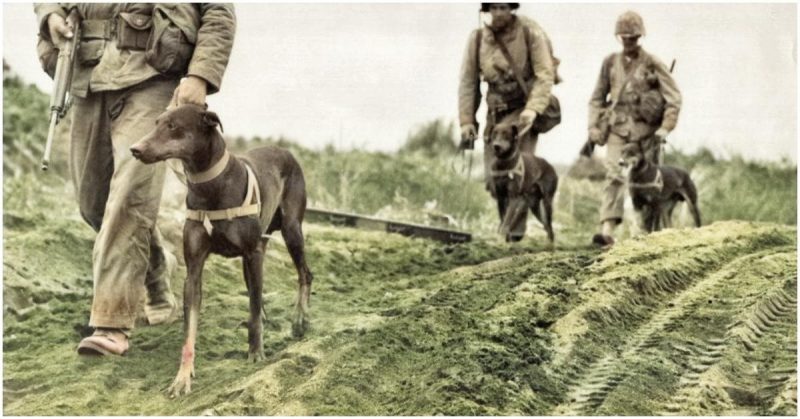Even if only looking very briefly at history it is evident that people have always been willing to make war.
Wars have been fought for various reasons, sometimes quite logical–money, power, religion, and territory–but at other times they have been based on ridiculous pretexts. Here are seven of the most ridiculous wars in history.
The War of the Stray Dog
The War of the Stray Dog is the name given to a 1925 conflict between Bulgaria and Greece. The first version of events suggests a Bulgarian soldier ran after his dog that had crossed the border into Greece and was subsequently shot by a Greek soldier.
According to the second version, on October 18, 1925, Bulgarian soldiers crossed the Greek border, killed a Greek sentry and captain, and then attacked the Greek outpost in Belasitsa.
In response, Greece sent its troops to Bulgaria and fighting began between the two countries. The Greeks made it clear that they were not interested in Bulgarian territory, but were instead demanding compensation. Meanwhile, war veterans and volunteers were called upon to resist the Greek soldiers.
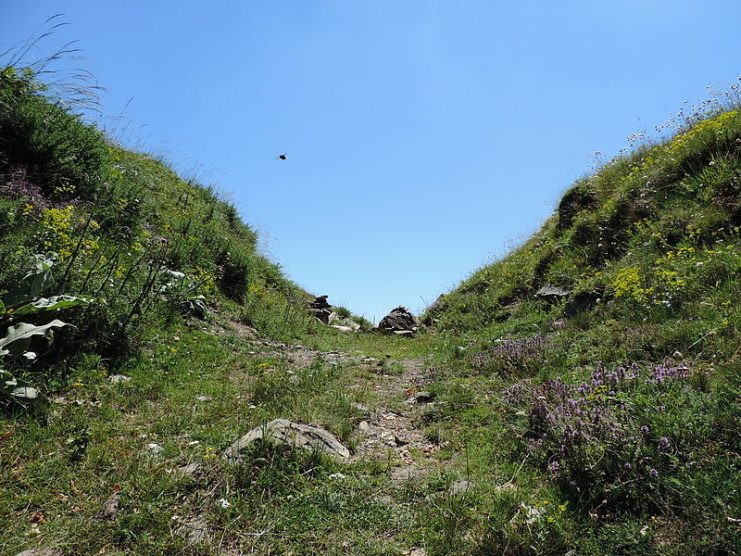
Bulgaria also appealed to the League of Nations to resolve the dispute. According to contemporary newspaper reports, the town of Petrich was captured, although other sources refute this since the League of Nations ordered the fighting to stop several hours earlier than the town was reportedly taken.
https://youtu.be/0yd4zKgcfxU
The League of Nations ordered a ceasefire and the withdrawal of all Greek troops from Bulgarian territory. Greece was also required to pay Bulgaria £45,000 in damages. Both sides accepted the decision.
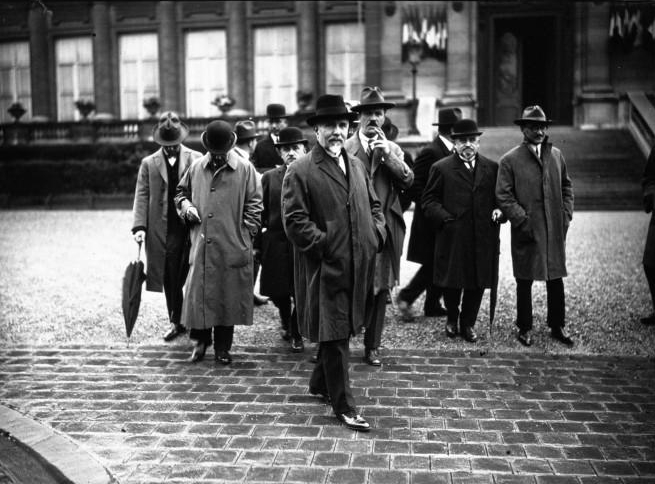
The War of the Oaken Bucket
The War of the Oaken Bucket occurred in medieval Italy in 1325 between the rival city-states of Bologna and Modena. The catalyst for the conflict was that a group of Modenese soldiers sneaked into Bologna and stole an oak bucket that was used to extract water from a well in the center of the city.
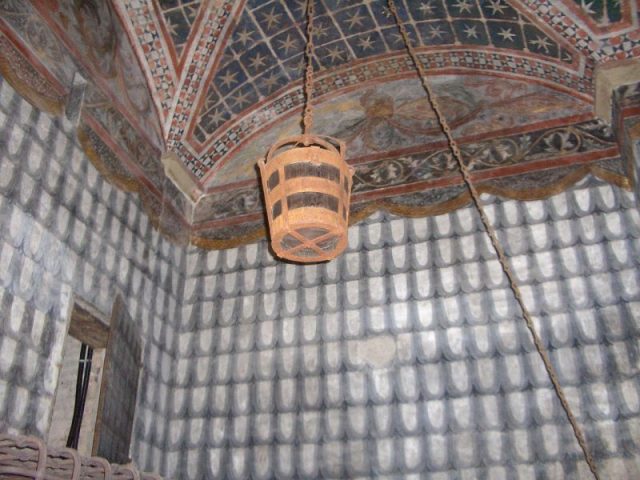
The bucket was the property of Bologna’s authorities and the theft was immediately reported to Modena. However, the Modenese ignored the request and kept the bucket for themselves. Such audacity outraged the Bolognese to such an extent that they sent a 32,000-strong army to Modena.
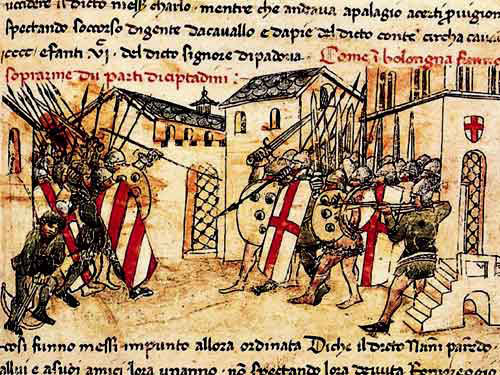
The city of Modena only had 7,000 inhabitants, but that was seemingly sufficient to repel the attack and drive the Bolognese all the way to Bologna. Along the way, the Modenese also destroyed several castles and a sluice gate on the Reno River.
The Modenese staged a ceremony just outside Bologna’s city walls to taunt the city before going on to steal another bucket from a well outside a city gate.
Approximately 2,000 people died in this ridiculous and meaningless conflict. The bucket was never returned to Bologna.

The Pig War
On June 15, 1859 on the disputed San Juan Islands, an American farmer named Lyman Cutlar discovered a large black pig rummaging around his garden and eating his potatoes. This was not the first time it had happened, prompting an angry Cutlar to shoot the pig. The pig belonged to Irishman Charles Griffin who had a few more pigs he allowed to roam freely.
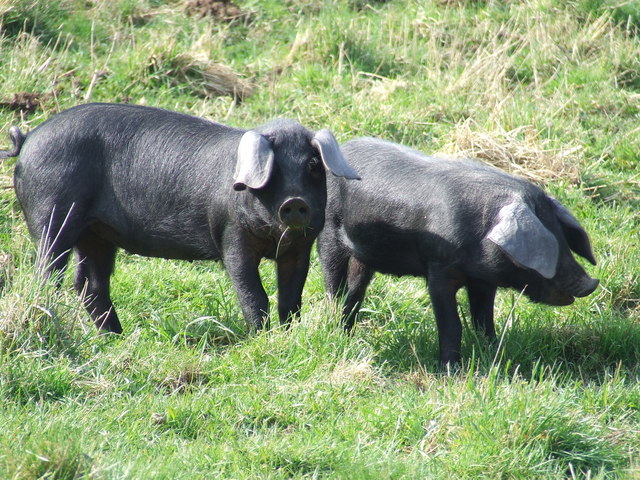
Cutlar offered Griffin $10 in compensation for the pig, but Griffin demanded $100. Outraged, Cutlar refused to pay anything and the British authorities threatened him with arrest. In response, Cutlar appealed to the American settlers for military protection.

Cutlar’s killing of the pig was the catalyst for the conflict, although there were already underlying tensions due to the border dispute.
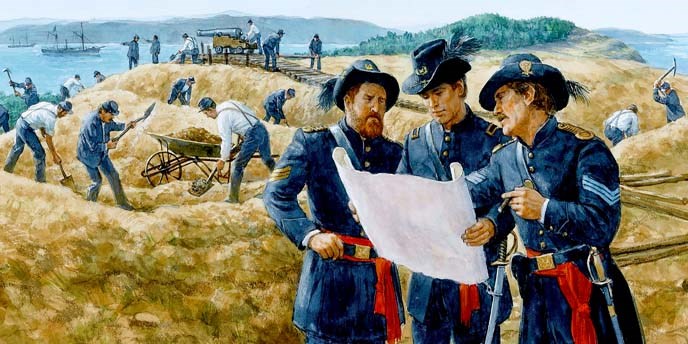
American troops subsequently arrived on the island and met the British. The commanders on both sides ordered their men to defend themselves, but were instructed not to shoot first. The American and British soldiers insulted each other for several days, but no shots were fired.
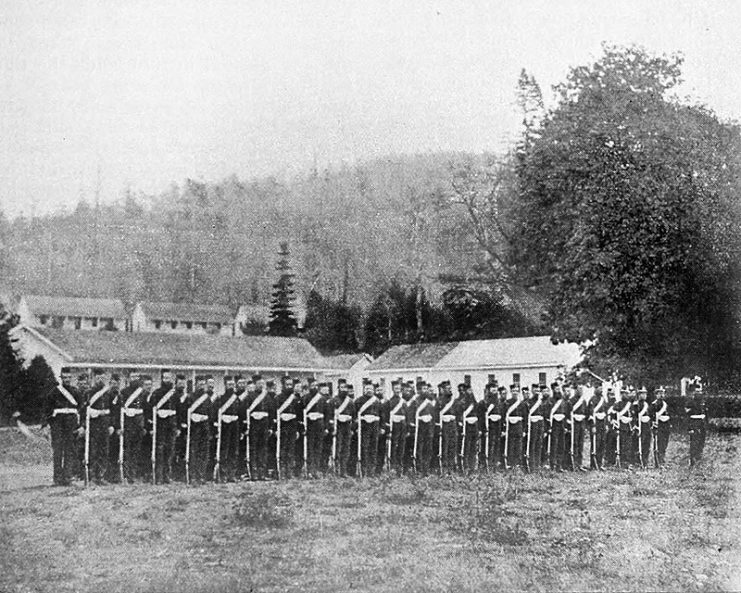
When news of the incident reached London and Washington, officials took action to defuse this situation. During the negotiations the parties agreed to maintain joint occupation of San Juan until a final settlement was reached.
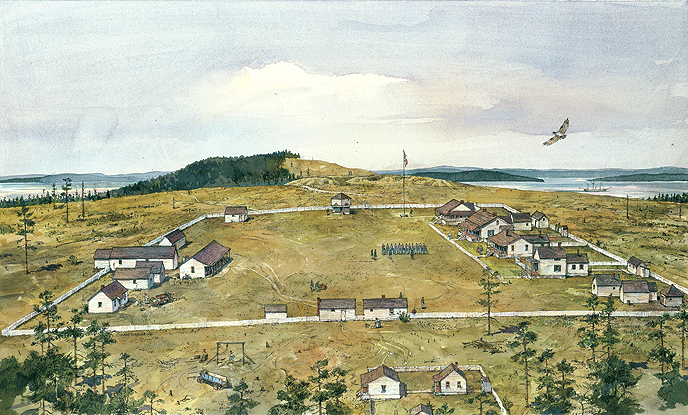
The border dispute was eventually settled in 1872.
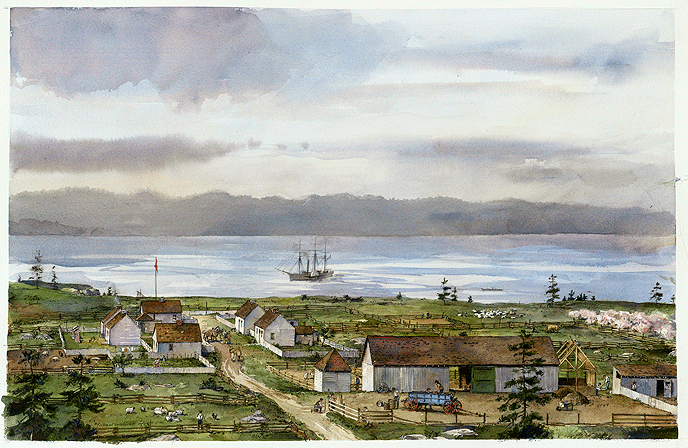
The Three Hundred and Thirty Five Years’ War
The Three Hundred and Thirty Five Years’ War is recognized as one of the longest, albeit bloodless, wars in history. The war was “fought” from 1651 between the Netherlands and the Isles of Scilly, a part of the United Kingdom. Nonetheless, historians dispute whether the war actually existed.
The war has its origins in the English Civil War, during which the Royalist Navy ultimately retreated to the Isles of Scilly. The Netherlands supported the Parliamentarians and later suffered some merchant shipping losses at the hands of the Royalist Navy based in the Isles of Scilly.
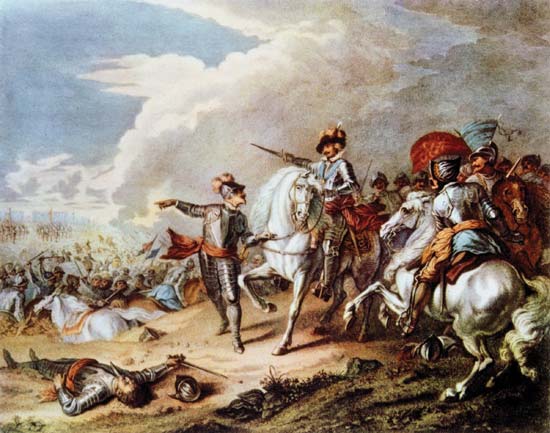
Roy Duncan, the historian and Chairman of the Isles of Scilly Council, wrote a letter in 1985 to the Dutch Embassy in London. Duncan offered to get rid of the myth that the islands were still at war with the Netherlands. Embassy staff then confirmed that this was formally true. At the invitation of Duncan, the then Dutch Ambassador Jonkheer Rein Huydecoper arrived on the islands to sign a peace treaty.
Peace was officially declared on April 17, 1986 after 335 years of passive war. The Dutch Ambassador joked that it must have been horrifying for the Scilly residents “to know we could have attacked at any moment.”
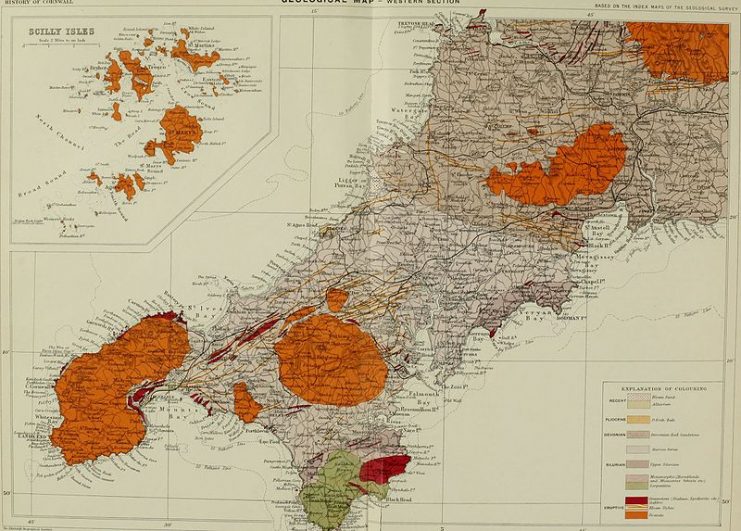
The Emu War
The Great Emu War was an operation by the Australian armed forces to exterminate emu birds in November and December 1932. The operation was prompted by a number of complaints from farmers about large quantities of emus attacking wheat crops in the Campion district of Western Australia.
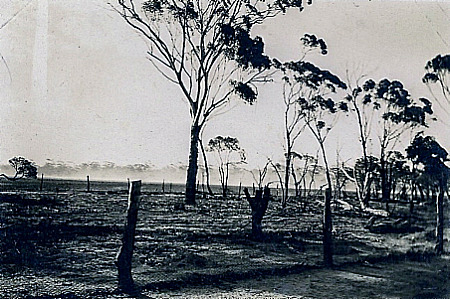
Soldiers armed with machine guns were sent to destroy the birds, which gave the press the opportunity to call this incident “the Emu War.” The birds proved difficult to kill because they were very agile, even when badly injured.
The emu massacre did not resolve the problems and farmers again requested military assistance in 1934, 1943, and 1948, although the government rejected these later requests.
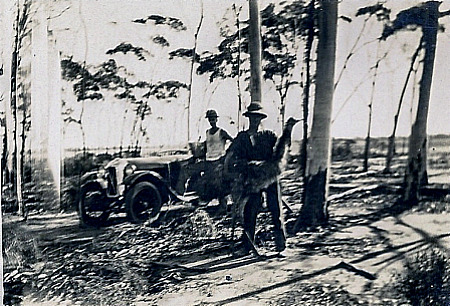
In 1923 the Australian government created a reward system for killing emus. The system was continued and proved more effective than military intervention. In six months in 1934, 57,034 bounties were claimed.
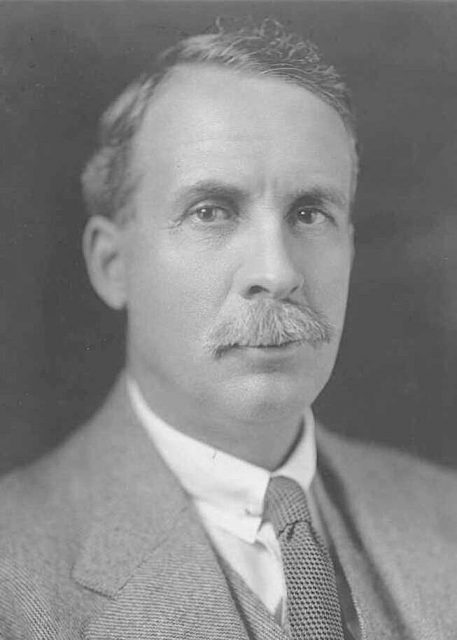
The War of Jenkins’ Ear
The War of Jenkins’ Ear was a conflict between Great Britain and Spain that lasted between 1739 and 1742, and a kind of prologue to the pan-European confrontation of the War of the Austrian Succession that involved most European powers.
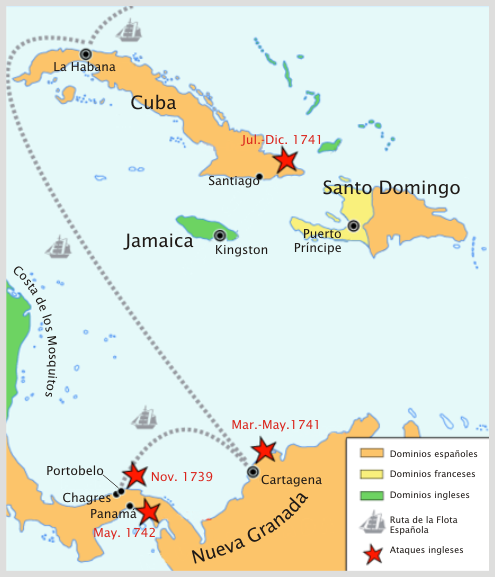
British historian Thomas Carlyle suggested the ironic name in 1858 because a British merchant ship captain, Robert Jenkins, supposedly presented his severed ear to the British Parliament as evidence of Spanish violence against British navigators.
Public opinion in Britain was already ingrained due to other Spanish attacks on British ships, and the Jenkins episode served as a formal reason to start the war.
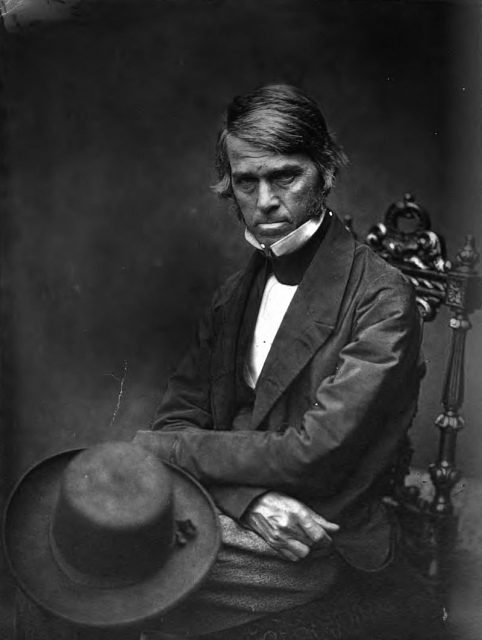
The Football War
The Football War (otherwise known as “the Soccer War” or “the 100 Hours War”) was a short military conflict between Honduras and El Salvador that lasted for four days from July 14 to July 18, 1969. According to the media, the war began due to the Honduran football team losing to El Salvador during a 1970 FIFA World Cup qualifier.
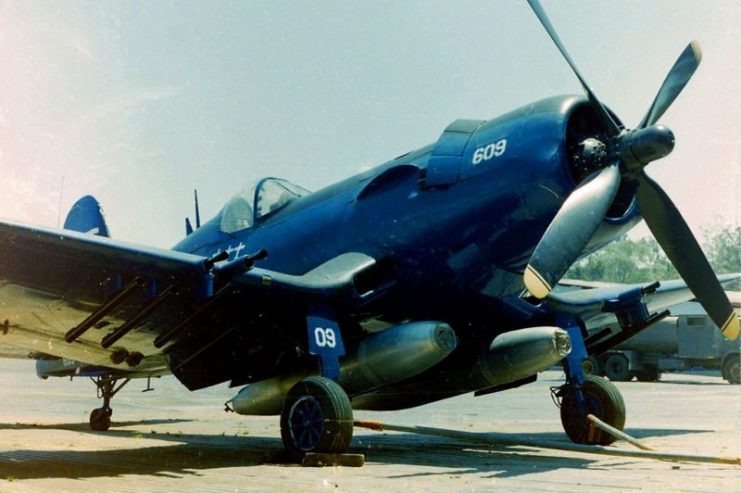
However, the real causes of the war lie in El Salvador’s demographic problems and land reform issues in Honduras. In this context, a major factor for increased tensions between the two countries was the eviction of Salvadoran immigrants from Honduras.
Despite the transience of the conflict, several thousand people were killed on both sides.
As a side note, the Football War was the last conflict which saw piston-engined fighters engage each other.
